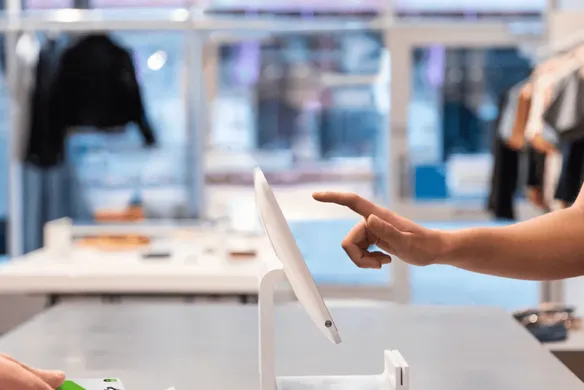Recently, Square began using a common industry tool called reserves to protect buyers and enable more sellers to transact on our platform. Out of our millions of sellers, fewer than 0.3% have reserves on their accounts, but given increased interest, particularly in light of COVID-19, we wanted to take a step back to explain what reserves are, how we assess riskiness, and how we plan to further improve the seller experience.
Background
One way Square helps sellers run and grow their businesses is by processing credit card payments. Sometimes, a buyer may question a transaction and ask their credit card company to reverse it. This commonly used feature of credit cards is called a chargeback. The ability to dispute a payment protects consumers from unauthorised transactions, but it can also be a headache for sellers. We work with our sellers to navigate the cumbersome process and ensure that they are properly positioned to handle a potential spike in chargeback activity.
Reserves are a standard tool used by payment processors and other financial institutions to protect buyers and help account holders avoid a negative balance as a result of situations like payment disputes. At Square, we use a “rolling reserve,” in which a percentage of a seller’s processing volume is set aside and released on a rolling basis. These funds still belong to the seller and are only used if that seller is unable to cover disputes, if no disputes occur, they receive the full amount.
Square and Reserves
Reserves help us protect buyers and expand access to our platform by enabling us to onboard and serve sellers that we otherwise might not be able to.
We apply reserves on more “risky” sellers, such as those that take pre-payment for goods or services delivered at a future date, sell goods or services more prone to disputes, or operate in an industry that historically receives higher chargeback rates than others, among other factors. Similarly, when the macroeconomic environment shifts, certain industries may become “riskier” than before (meaning the likelihood of chargebacks may increase), and changes in consumer behaviour may affect even businesses that typically pose a lower risk, as we’ve seen with COVID. The vast majority of our sellers don’t fit this profile. For the small number who do, we put in place reserves that allow them to continue processing with Square (as opposed to being deactivated, as many financial institutions will do), particularly during uncertain times.
Importantly, sellers always have choice. For example, today we provide all sellers with advance notice of reserves being applied to their account so they can choose whether or not to take future payments with us. Sellers also have the option to refund a payment back to the buyer and take an alternative form of payment, which releases the funds in the reserve.
Serving our Sellers
We know that reserves can be frustrating for sellers so we use them sparingly, and we spend a lot of time building and adapting our tools based on feedback. Recently we enhanced our reserves process by ensuring that sellers receive an even earlier notice of a reserve decision before the policy goes into effect. This gives them more time to choose whether they want to continue processing with Square under these new conditions, in advance of taking more payments. Similarly, we are enabling our customer success agents to provide more details to sellers about why a reserve was applied to their account and what actions they can take to release the reserve quickly.
As always, we aim to be transparent, offer sellers choice, protect buyers, and provide a better experience with Square.
![]()











